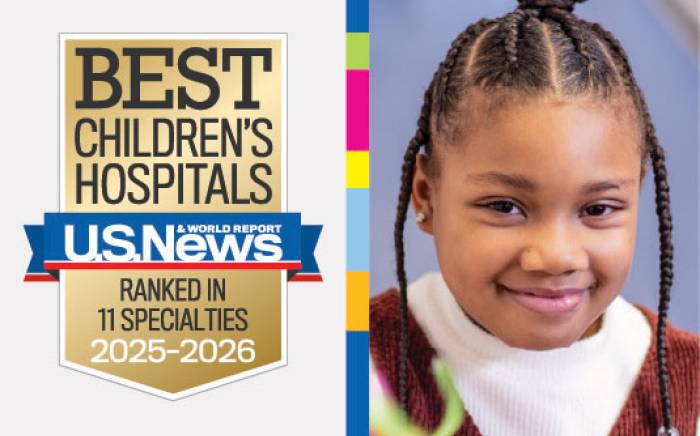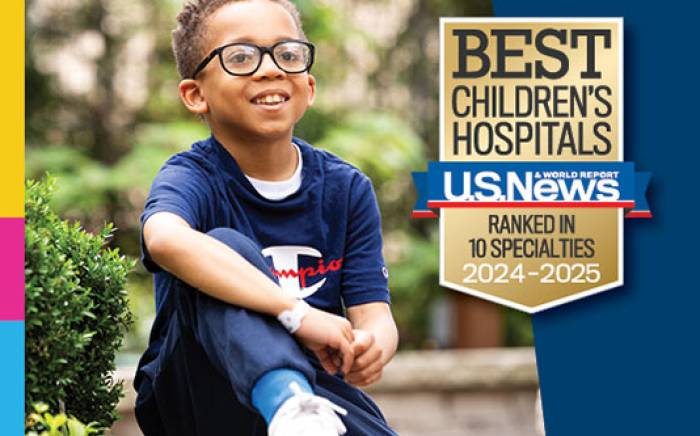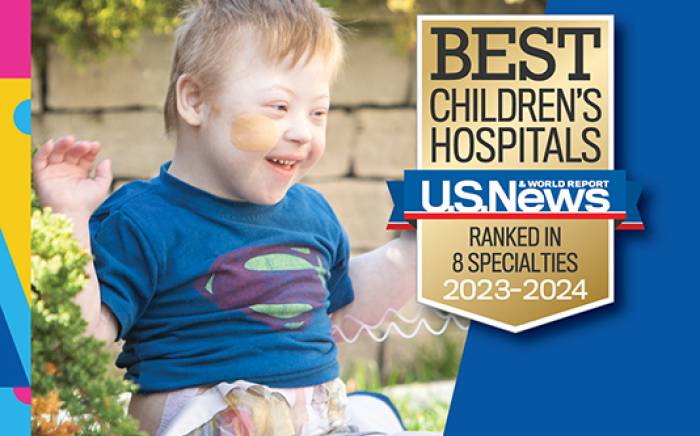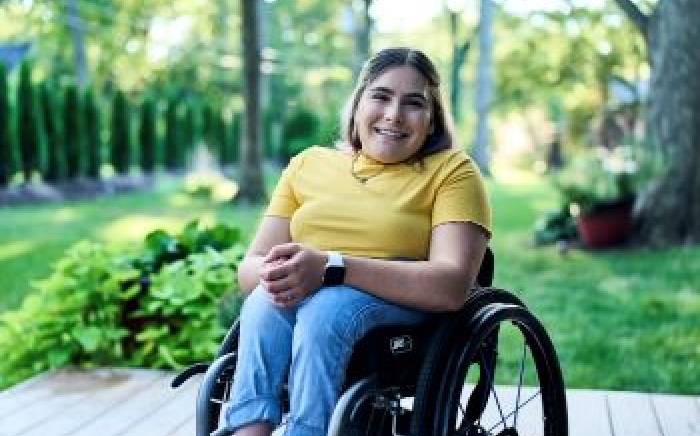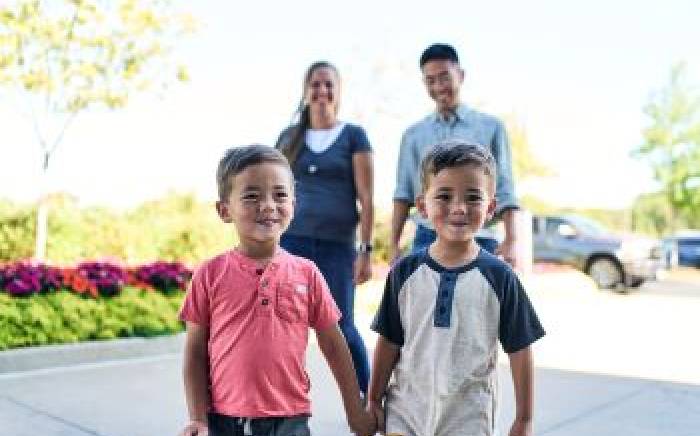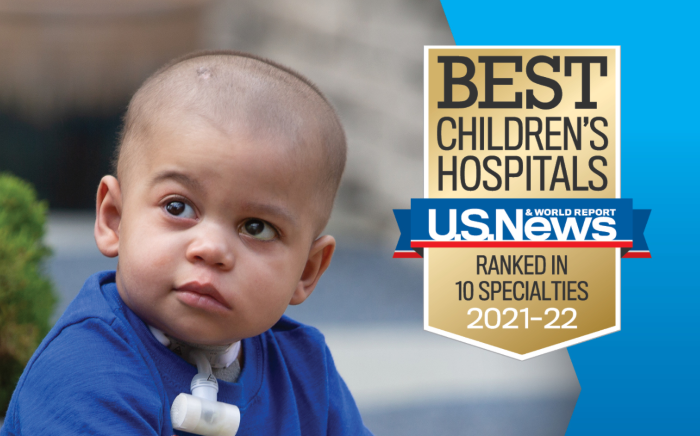Bella Simmons’ 10th birthday 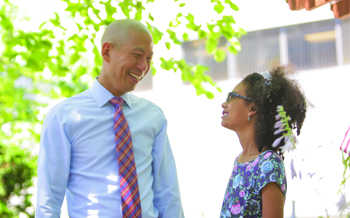 earlier this year was a significant one because it meant stepping into her “tween years” cancer free, a hard-fought battle waged and won by a tiny but tough little girl.
earlier this year was a significant one because it meant stepping into her “tween years” cancer free, a hard-fought battle waged and won by a tiny but tough little girl.
When Bella was 4 years old, doctors diagnosed a lump found near her right ear as rhabdomyosarcoma (RMS)—a disease in which malignant cancer cells form in muscle tissue. At the time, the family lived at Fort Campbell in Tennessee, where Bella’s dad, Dexter, a captain in the United States Army, was stationed. Her pediatrician sent her to Vanderbilt University. They carried the load of Bella’s treatment which involved intensive chemotherapy and later, proton beam therapy at MD Anderson Cancer Center in Houston. Just 11 months after that treatment was deemed successful, Bella’s tumor returned with a vengeance. By that time, the family lived at Fort Leonard Wood, Mo., approximately 135 miles southwest of St. Louis. Bella’s mom, Orshi, received a call from Bella’s primary physician at Vanderbilt who referred the family to Siteman Kids at St. Louis Children’s Hospital and pediatric oncologist Frederick S. Huang, MD.
“The team at Vanderbilt had been so compassionate and wonderful to us, I thought I was going to have a hard time trusting ‘the new guy’,” Orshi says. “But it didn’t take any time
for Dr. Huang to demonstrate his knowledge and his passion. We became friends with him and all the staff at Children’s Hospital. They are our family now.”
According to Dr. Huang, there was something different enough about Bella’s tumor that led him to believe it might respond to some unconventional measures. He shared the scans with pediatric head and neck surgeon Dr. David Leonard, MBBCh, who thought, if they could shrink the tumor, he could surgically remove it, something usually deemed too risky given its location. “We had that conversation with the family, and they were all in to try some things that had not been tried on a child,” Dr. Huang says.
Dr. Huang assembled a team that included both pediatric and adult radiation oncologists, neurosurgeons, ear, nose and throat specialists, and plastic surgeons from Washington University’s Siteman Cancer Center. “Pediatric cancers are rare, so naturally, specialists who treat adult cancer patients have much more experience at conducting the type of surgery we were interested in pursuing,” he says. “The broad and deep underpinnings of Siteman Cancer Center enabled the mobilization of expertise we needed to treat Bella’s cancer once and for all.”
Under Dr. Huang’s watch, Bella resumed aggressive chemotherapy and proton beam therapy, a treatment that became available to Siteman Cancer Center patients in 2014. The campaign left her feeling constantly sick. During that time, Orshi was diagnosed with breast cancer. She
elected to have a double mastectomy so she could focus on Bella.
The results of their efforts made it all worth it. At age 7, Bella entered an operating room filled with a cast of pediatric and adult surgical specialists ready to perform a 12-hour surgery on her head and neck, a complex region of the body.
Bella sailed through the surgery and was discharged from the hospital just a few days later. Even better news: at three years out, Bella’s scans are as clean as those of any healthy 10-year-old girl poised to take on the world.

